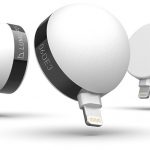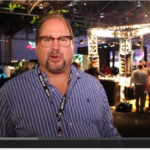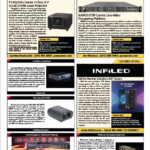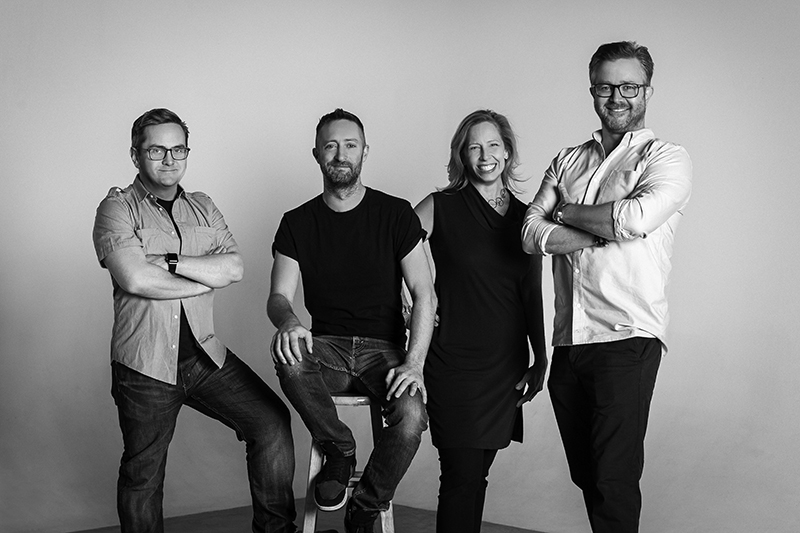
At this year’s NAMM Show, I had the great good fortune to be able to host a panel talking with the principals of Silent House Productions — Baz Halpin, Tamlyn Wright and Alex Reardon. The fourth principal, Cory FitzGerald, was unable to attend due to an illness, but I caught up with the now healthy FitzGerald recently to add him into this conversation. The panel, entitled “10 Years of Creativity with Silent House Productions,” celebrated the firm’s illustrious decade.
The Silent House list of clients is long and illustrious. Some of their clients include Taylor Swift, P!nk, Cher, Katy Perry, Gwen Stefani, Britney Spears, Halsey, Tears for Fears, and Bruno Mars. Recent work from Silent House includes Khalid’s Free Spirit tour; Jennifer Lopez’s “It’s My Party” tour, Jonas Brothers’ Happiness Begins tour; Childish Gambino at Coachella; and Mango TV over in China.
Founded in 2010, Silent House is a full-service production company that provides production and design services for concert touring, television, and live entertainment. The firm brings altogether, under one roof, an array of services including creative direction, live event production, lighting, scenic, costume design, video content and stage direction.
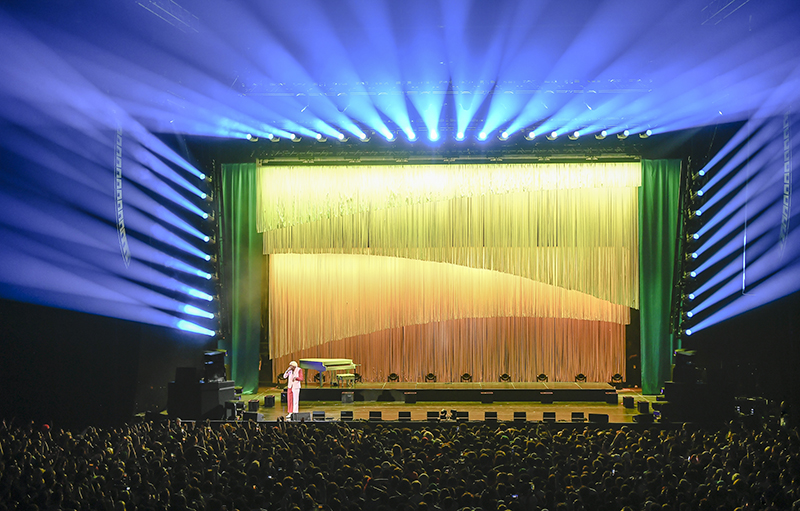
Talk about the company philosophy and the creation of Silent House.
Baz Halpin: Silent House was a way to move away from being a solo designer and to have more of an infrastructure; to be a little bit nimbler; more efficient. It started with focusing on design aspects for one tour at a time and it grew as we found new partners. Then, in my professional capacity, I moved more into producing and directing shows—both on television and in live entertainment—and, as a necessity, Silent House grew into a multifaceted company.
Our ethos is as a full-service production company. We wanted to make sure, from the creative end of things, that we were — and continue — becoming more efficient and more communicative. Communication in this business is key, and we do incredibly complicated things on a daily basis.
As we grew, we moved into a larger facility and grew to seven — four partners, three associates — along with several full-time staff. That was all with the goal of being able to have a core team that was rapidly producing work under the same processes, processes that continue to evolve and get more efficient, so that we adapt to the marketplace.
Silent House has evolved from a design company with just me supporting what I had to do, to growing to be a larger communal effort with support for our industry community. That was part of why about two years ago, we expanded to a new building — the Flower Street Factory. We took this concept of a community-based work ideology and expanded that out to some companies that we worked with. If you do 20 tours in a year, you’re probably working with some of the same companies. So, we looked at the facilities that we needed on a regular basis to execute things and we brought all these companies together. We found an old building, we designed it, and looked to build a community, around all these companies, that would help us all get better and get more efficient.
At Silent House, we’re always looking inward critically at how we can improve everything that we do. We haven’t cracked it yet; if anything, every year we discover more things that we need to get better at. We try to be super-efficient in the way that we do our business, but everything is in service of the creative endeavor. It’s all in service of the design. That’s the Silent House philosophy.
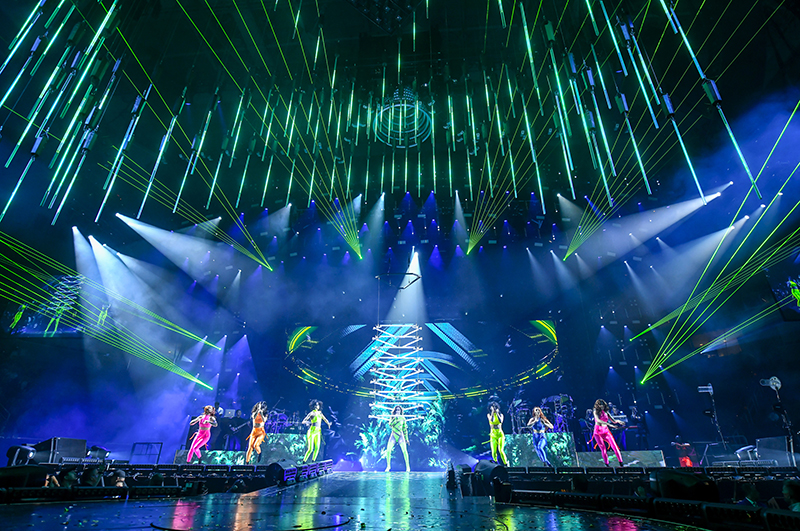
Tell us a little about the benefits of working within Silent House, being part of a collective of designers, having the resource of the perspectives that the other partners and team members might add to the overall look and feel of a design?
Cory FitzGerald: We are able to share experiences in a way a lot of designers can’t. When approaching a project, it’s incredibly useful to be able to ask each other about similar experiences with clients, vendors, or even venues and get firsthand feedback. Our industry is pretty open about things overall I’ve found, but having that internal connection adds a bit of helpfulness not to mention the sharing of the workload as we can help each other out with projects in need or collaborate to share the workloads.
I think our commitment to creating realistic, innovative, and achievable ideas has provided us a good track record in the industry as a whole, and in the eyes of current and potential clients. We really try to focus on looking at the whole picture, thinking through each aspect of the design and its implications for budget and time, etc. We all have quite a bit of experience that we can combine to look at solutions quickly and efficiently but most importantly keeping them cost effective.
Baz Halpin: When you get a bunch of creatives in a room, you start vibing off each other and learning from each other. That’s probably the greatest thing that we’ve found at Silent House. It’s very easy—as a solo sort of enterprise—to get myopic and tunnel vision in your approach to design. But, when you’re in a building with 20 other creative people that all have ideas, if you get stuck on something or you need an idea or you’re looking for a solution, now you’ve got options of who you can call.
That also applies to our vendors, they’re a critical part of the whole conversation. Because in the same way that with programmers, you want that unspoken sort of shorthand and we have got the processes working with our incredible bullpen for getting the drafting and the rendering out and then the execution. There is the bidding of the thing and how do you expedite that? So, I’ve certainly found that having great relationships with vendors is a critical part of us being able to do our job. It’s about the pre-production process and the involvement and the attention and the support that we get is absolutely vital to our success.
Tamlyn Wright: I think, for all of us as designers, it can be an intensely lonely career by yourself, to sit there at this blank piece of paper and go, ‘What am I going to do?’ It’s like you can have writer’s block all day long. You have these moments of intense solitude and creative voids and then creative passions that can all just kind of come at once, which is such a wonderful thing, especially when you can share that with collaborators. I think that being in this work situation that we’re in now in our collective, it’s definitely brought out the most growth in my work. I can learn from someone else’s process, because we all work differently. Also, at Silent House, we have an incredible support staff — our bullpen, as we call it, of modelers, renderers and drafts people as well as a wonderful studio manager. That’s actually one of the most important things, because no matter how good a designer you are, if you don’t have an amazing staff with you, well, you’re only as good as them. You grow into a different person as a designer when you have an amazingly skilled set of people around you. You can challenge yourself and your collaborators with things that we’ve never done because we can come together on a challenging design, knowing that we have some of the most skilled people supporting us.
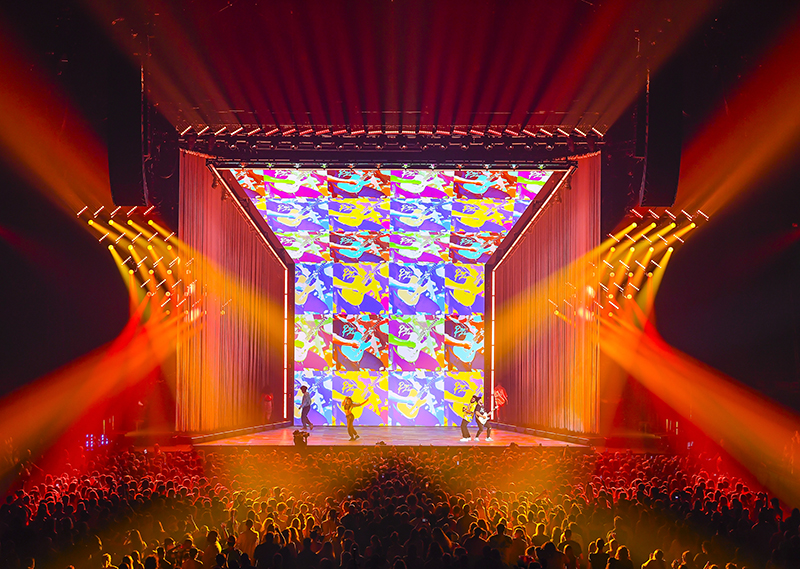
Alex Reardon: I think if I could expand on what you’re saying — and I agree, we have an amazing bullpen — I want to add that also goes for the amazing programmers we work with; they elevate the work. If I was still programming my own shows, I think the lighting would probably not be as good as it is now, simply because I was limited by my technological ability. Overall, I think we’ve become a very efficient, self-supporting organism. If you want to bounce an idea off someone else, you can do that. We all work towards the same ideals, even if we work differently. I believe the success of any production design relies on three bars being set to the same level, which is aesthetics, logistics, and finance. There’s a phrase I use a lot — the function of a designer is to be as creative as any artist, but to a specification. If you walk in with a bunch of ideas and throw them at the artist, you haven’t listened to them. That first meeting is all about listening, and then you reflect on that and then come up with the idea. But that idea has to fit in the trucks. It’s got to fit in the venue. It has to come in within the budget. So, aesthetics, logistics, and finance are absolutely vital. I think the support of everyone at Silent House lets us, as designers, focus on those things; that we all at Silent House work with all those things in mind.
You have all done so many incredible projects. While at Silent House is there a particular project you have done that has really stood out for you? And why?
Alex Reardon: For me, it’s not so much an individual gig. I mean, I’m still the new boy in this, having been with the company for just two years. So, to me, the milestone has been shifting from 25-plus years of freelance to now working in a company with a bunch of people. And it’s fantastic. It’s an amazing thing to do, to now operate in, as we mentioned before, a mutually supporting environment. Surrounded by very creative people who will smile if you design something that appears to have broken the laws of physics.
Cory FitzGerald: It’s hard to really isolate one instance of a project that stands out since they are all woven together now within the team. But probably the last J.Lo tour would be a great example. I was double-booked on a job when approached to design the tour, and asked Alex to step in and help collaborate, as well as be the man-on-the-ground during rehearsals. We worked through the design phase and meetings with the artist and management, and when the time came, he handled the on-site programming time and rehearsal changes while I reviewed videos of rehearsals as they progressed and commented from afar. It worked out great, and we managed to crank out two shows at the same time.
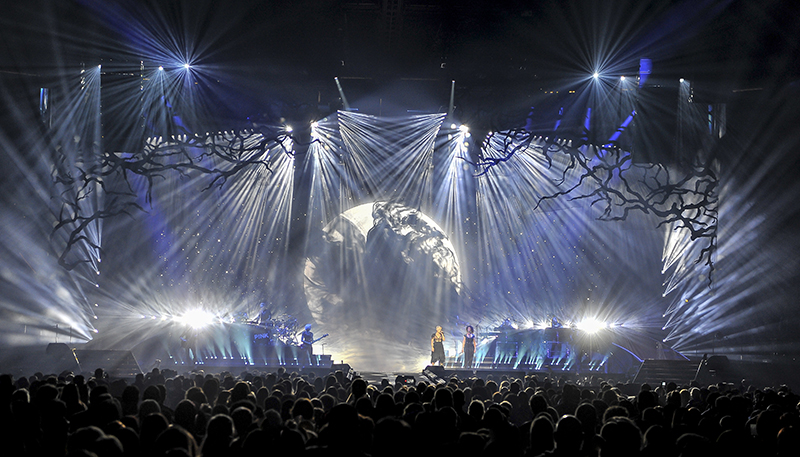
Baz Halpin: Well, Taylor Swift’s Reputation tour was big for us. I think that was a huge milestone for us because it embodied the two things that we really wanted to achieve, which was something that really looked great, that pushed the boundaries, that was spectacular, that gave us everything we wanted, but also was efficient. It was like 62 trucks, and the load-in was six and three quarters hours, for the 62 trucks. So, to have a show that size, where we never missed doors, never late for a show, and we never had any problems. At first you think, ‘What have we done? We’ve sketched this enormous thing and now we’ve got to figure it out.’ It was a stadium show that was 110-feet high, 200-feet+ wide, with 240° sightlines in the stadium and it had no roof.
So, that was a huge milestone, to be able to bring those two things together where you were incredibly creatively proud of it, but also proud that it was a logistical success as well. That was very much about what we were talking about earlier, about the ethos of Silent House.
Tamlyn Wright: I think, early on, there were two Emmy Award shows’ designs that we collaborated on, myself and Baz. The designs of that, of the Emmy Awards in particular, was pure magic. It was just the moment where Tom Colbourne’s group from Blink and the virtual architecture of the set came together in such a way that it was wonderful. The most magical thing after a show, especially in broadcast, is when the next day people are like, ‘How did you all do that? I don’t even understand. Was that a completely virtual set, or what? What did you do to achieve that?’ When you’re getting questions from your mentors, that’s always fun.
And, as Baz said, Reputation was obviously a huge one. For me, the thing that’s always tantalizing in a way is going from the scale of something like Reputation, one of the largest tours ever mounted, to the scale of Saturday Night Live, where literally there was a pile of papers with music notes printed on either side and a bunch of monofilament. That was for Taylor’s appearance on the show. I and four stagehands took a whole day hanging little pieces of paper and creating this art installation of sheets of music pouring out of Taylor’s piano and making this whirlwind for the tiniest stage space in New York. To have those high contrast moments, I love that, and both of them are poetry. It’s really quite wonderful. I geek out about what we do, I love what we do. We get to create these poetic moments for artists.”
